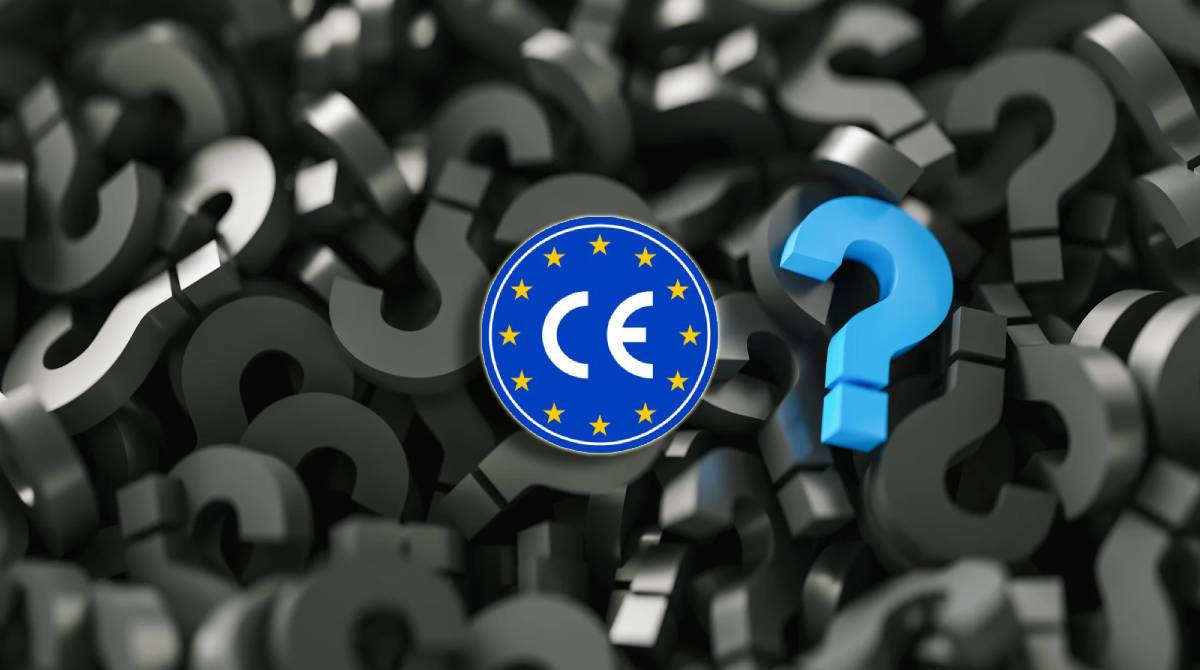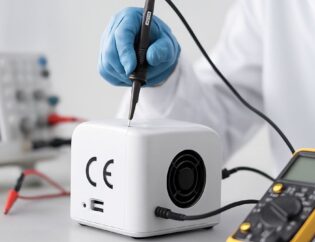
What Does a CE Certificate Mean?
The CE marking is derived from the initials of “European Conformity” and can be translated into Turkish as “Avrupa’ya Uygunluk” (Compliance with Europe). The term originates from the French expression Conformité Européenne, as the regulations were first adopted in France. These two letters were chosen to ensure widespread recognition of the mark.
The term “CE Marking” is considered more accurate than “CE Certificate,” because the focus is on the mark placed on the product rather than the certificate itself. Officially, the CE certificate is a legal document granting the manufacturer the right to affix the CE mark to their product. Depending on the directive, the certificate may have different names, such as:
- EC Type Examination Certificate
- Factory Production Control Certificate
What Does a CE Certificate Signify?
A CE certificate proves that a product complies with European Union standards and grants the right to use the CE mark. The CE mark indicates that the product meets health, safety, and environmental requirements, and it is legally mandatory.
How Long Does the Certification Process Take?
There is no fixed timeframe for CE certification. The duration depends on the product’s characteristics, intended use, and the requirements of applicable directives. Factors that can speed up the process include:
- The manufacturer’s familiarity with the technical requirements,
- Implementation of an effective quality management system.
What Happens If a Product Lacks a CE Mark?
Products without the CE mark cannot be placed on the market in the European Union or Turkey. Consequences may include:
- Administrative penalties,
- Product recalls,
- Suspension of production.
In Which Countries Is the CE Mark Valid?
The CE mark is legally required in the European Union and Turkey. It may also be voluntarily accepted in some other regions (e.g., Asia, Middle East), but different certification procedures may apply in those areas.
Where Can a CE Certificate Be Obtained?
CE certificates can only be obtained through Notified Bodies authorized by the European Union. Certificates from unauthorized organizations are invalid. The list of authorized bodies can be checked via the European Commission’s NANDO database.
How Is the CE Mark Placed on a Product?
The CE mark should ideally be placed:
- Directly on the product,
- On the label,
- On the packaging.
If this is not possible, it may appear on official documents such as delivery notes or invoices.
Is CE Certification Required for Every Product?
If a product is to be sold in the EU or Turkey and falls under the scope of a relevant directive, the CE mark is mandatory. Most products that pose a risk to human health or the environment fall into this category.
Product Groups That Must Carry the CE Mark
- Medical devices
- Electrical devices and machinery
- Elevators
- Personal protective equipment (PPE)
- Construction materials
- Equipment for explosive environments
Common Misconceptions About CE Marking
Is the CE Mark a Quality Indicator?
No. The CE mark indicates compliance with EU health, safety, and environmental requirements, but it does not indicate the quality level of the product.
For example:
- A toy with the CE mark is considered safe for children.
- However, the toy’s material quality or educational value is not covered by the CE mark.
How to Obtain the Right to Use the CE Mark
The right to use the CE mark is obtained by proving that the product complies with the applicable directives. The process includes:
- Identification of Relevant Directives
- Example: 2006/42/EC Machinery Safety Directive.
- Risk Analysis and Testing
- Assess whether the product meets the required standards.
- Preparation of Technical File
- Compile test results and technical documentation.
- Declaration of Conformity
- The manufacturer formally declares that the product meets all necessary requirements.
For certain products, testing by a Notified Body may also be required.









